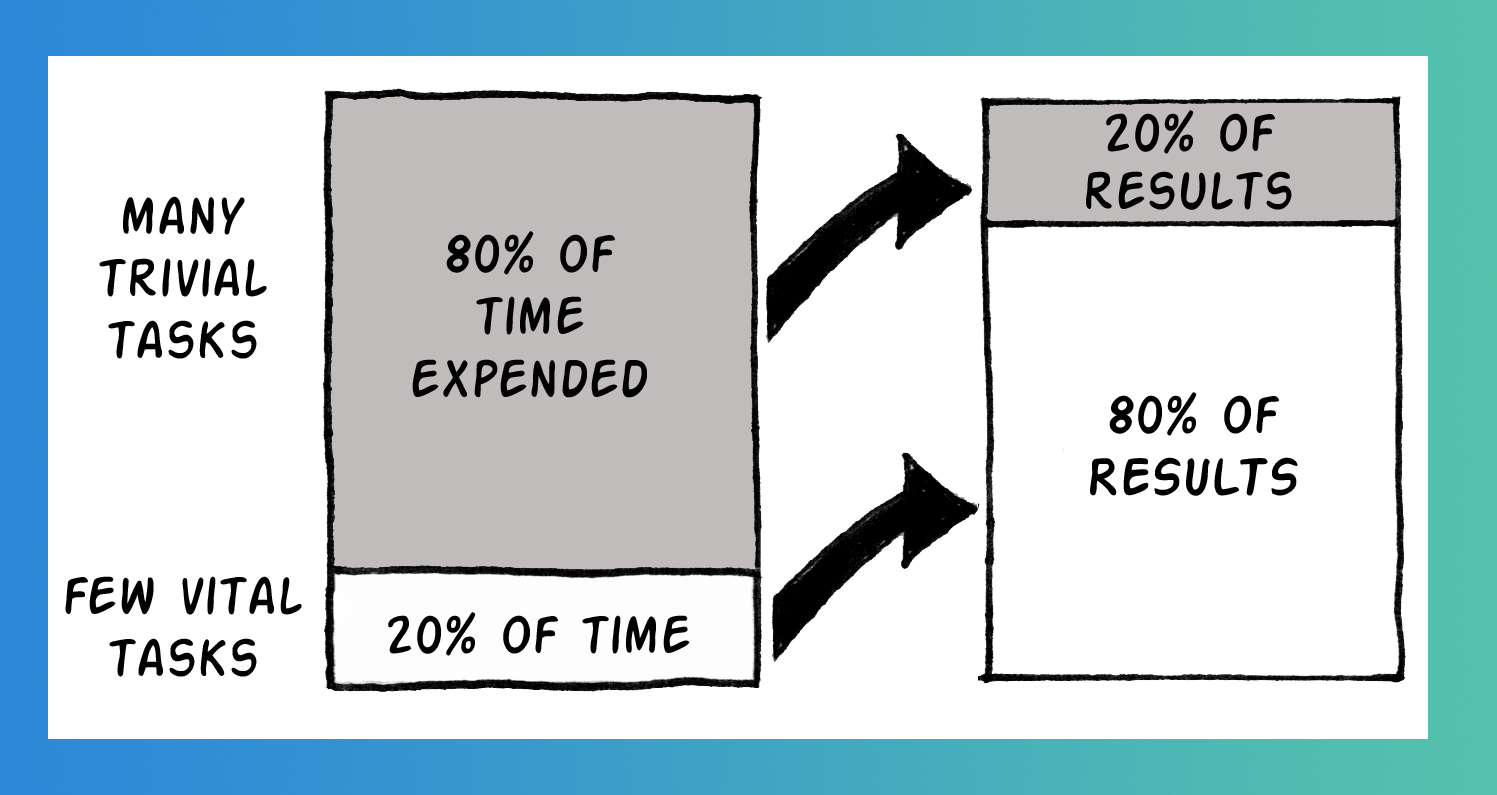Try our Cloud ERP solution today, completely free!
Applying the 80/20 Rule to Your Inventory Management

Streamlined inventory management is often hard to nail down, especially when your inventory is scattered, varied, and difficult to manage. While inventory management software can do a lot of the heavy lifting, it often takes a dedicated eye to apply hard and fast principles of inventory control.
This is where the 80/20 rule comes into play. When done right, it can be an invaluable framework of maximizing profitability and getting control over your inventory flow.
What is the 80/20 rule and how can you apply it starting right now?
The essence of the rule is rather simple. It means that 80{cb377218d5687e54e8ee9149518f87201a393a7c1db5e8076e9d750029ec0dc3} of your profits derive from about 20{cb377218d5687e54e8ee9149518f87201a393a7c1db5e8076e9d750029ec0dc3} of your inventory.
On paper, this can seem a little precarious. You don’t necessarily want this to be a lot higher because you end up relying on very specific products. But when you scan out, you realize that it actually makes a lot of sense. Your top sellers will come to define the business. They will keep you progressing even in tougher seasons. It is also natural that certain items will elevate to the top. You won’t see McDonald’s complaining that 80{cb377218d5687e54e8ee9149518f87201a393a7c1db5e8076e9d750029ec0dc3} of their profits come from cheeseburgers only and many more specified and narrow companies may be happy to derive 80{cb377218d5687e54e8ee9149518f87201a393a7c1db5e8076e9d750029ec0dc3} of their profits from a select few top-leading products.
Over time, this number is healthy and a natural evolution of business. You have certain products that are your breadwinners.
Priority
What does the 80/20 rule mean in your inventory management strategies?
The first area to look at is prioritization. Your top products are worth your extra attention because they bring in the vast majority of profits. With this in mind, they should be located in a very easy to reach area. They should be monitored actively and carefully.
In general, you can make active decisions regarding the inventory flow of your most valuable products. It can help you make informed decisions about where to place your time and money.
Splitting
The approach also leads you to divide your inventory into categories. This is often called the ABC Analysis. In short, it means dividing your products into category A, B, or C.
- Category A: most valuable (the top 20{cb377218d5687e54e8ee9149518f87201a393a7c1db5e8076e9d750029ec0dc3})
- Category B: Mid-level valuable (around 60{cb377218d5687e54e8ee9149518f87201a393a7c1db5e8076e9d750029ec0dc3})
- Category C: Least valuable (not moving- around 20{cb377218d5687e54e8ee9149518f87201a393a7c1db5e8076e9d750029ec0dc3}- though as low as possible is best)
The above is a very average breakdown of product categorization.
By splitting the products, you can understand the importance of them and their place in the larger picture of your business.
Suppliers
Who is responsible for supplying the products you rely on?
The supply chain plays a key role in managing your inventory. You rely on suppliers to get products you need, whether in the form of a final product or raw materials. You do not want to be at the mercy of the ebb and flow of their supply. While some insufficient supplies are unavoidable, you could make informed adjustments based on the 80/20 rule.
Perhaps you have arrangements for the mid and low-tier performing products. You can apply the 80/20 rule to your business. Do you need a separate supplier for many of your mid-performing products or can they be wrapped up into the top performers?
You can specifically look at their reliability. If an unreliable supplier is responsible for a big part of your top 20{cb377218d5687e54e8ee9149518f87201a393a7c1db5e8076e9d750029ec0dc3} products, their lack of performance will have a greater impact on your bottom line compared to a supplier who provides you with your mid-level products.
Ultimately, it’s important to know what your big moneymakers are. This breakdown can help isolate trouble spots and allow you the room to hone in on areas of relevance and make practical decisions based around your top fifth inventory.
Start your free 14-day trial today
How Discrete Ordering is Often the Main Pick and Pack Process for Cleaning Up Your Inventory Flow
DEAR Warehouse Management Gets Better by Getting a Voice (Coming Soon)
All Features Included.
Try DEAR for 14 days, completely free!
